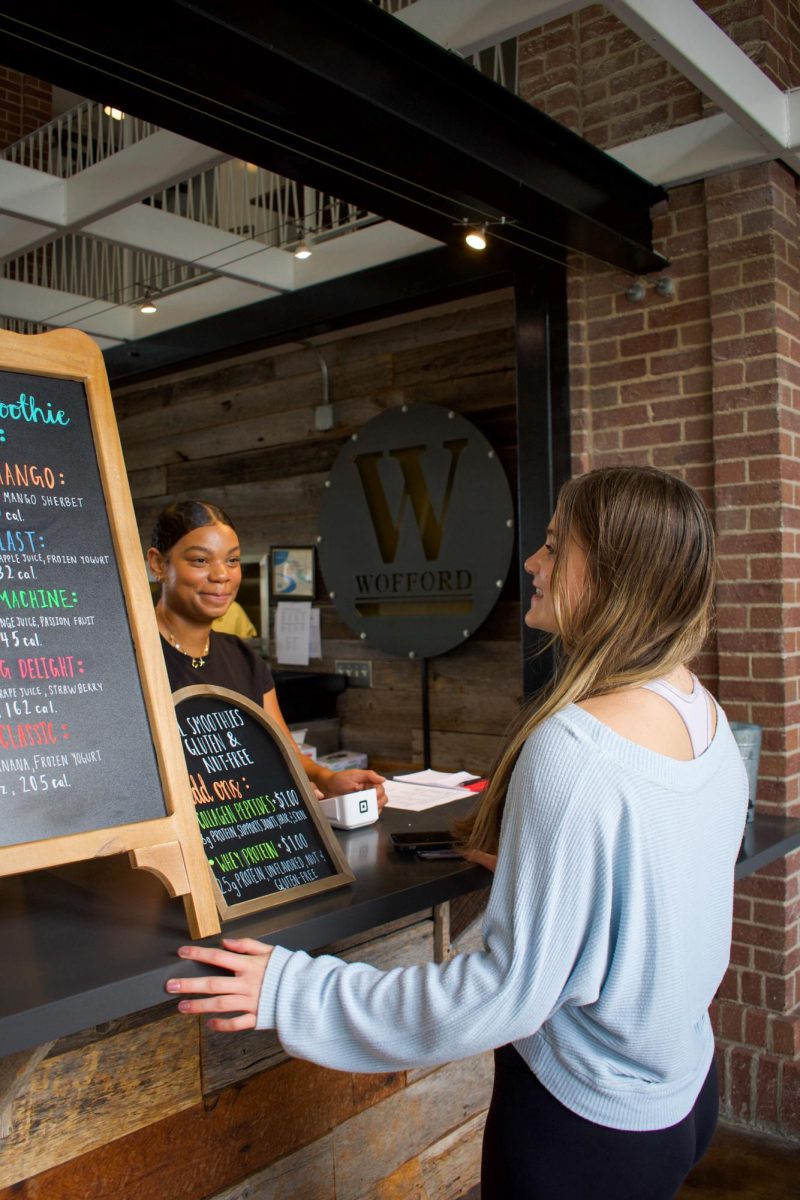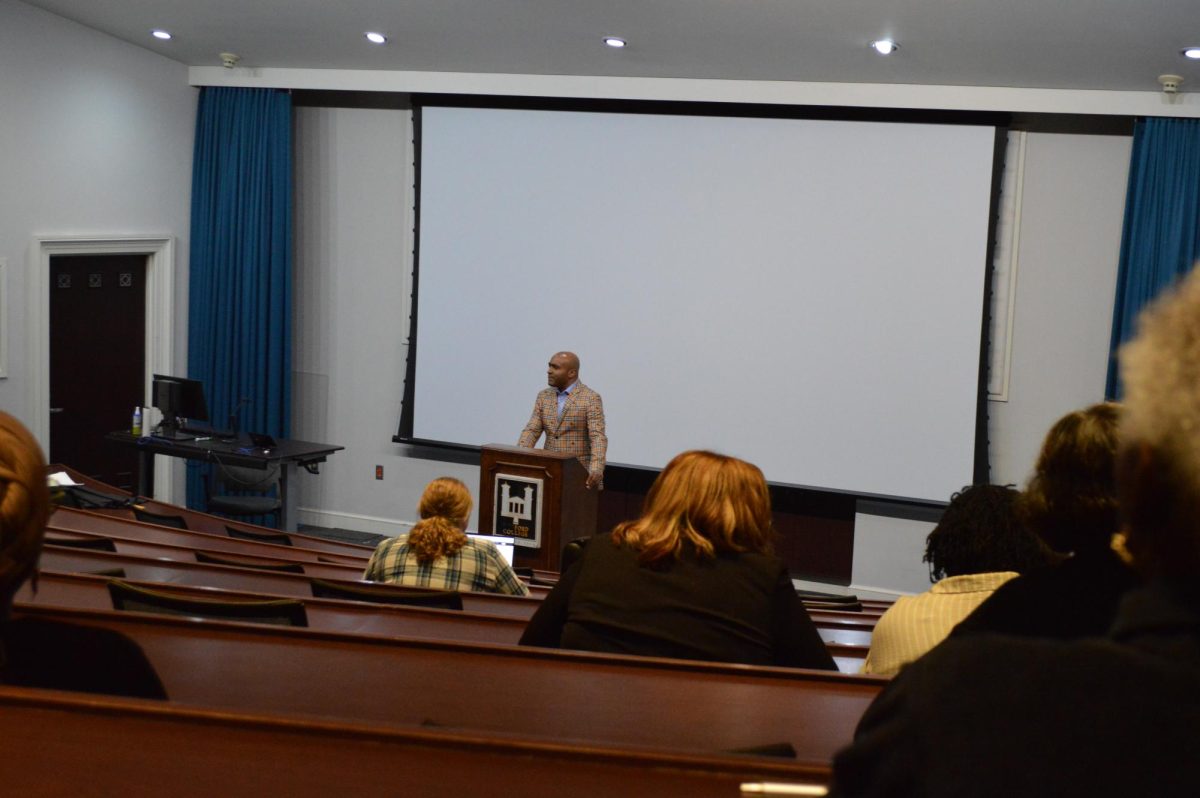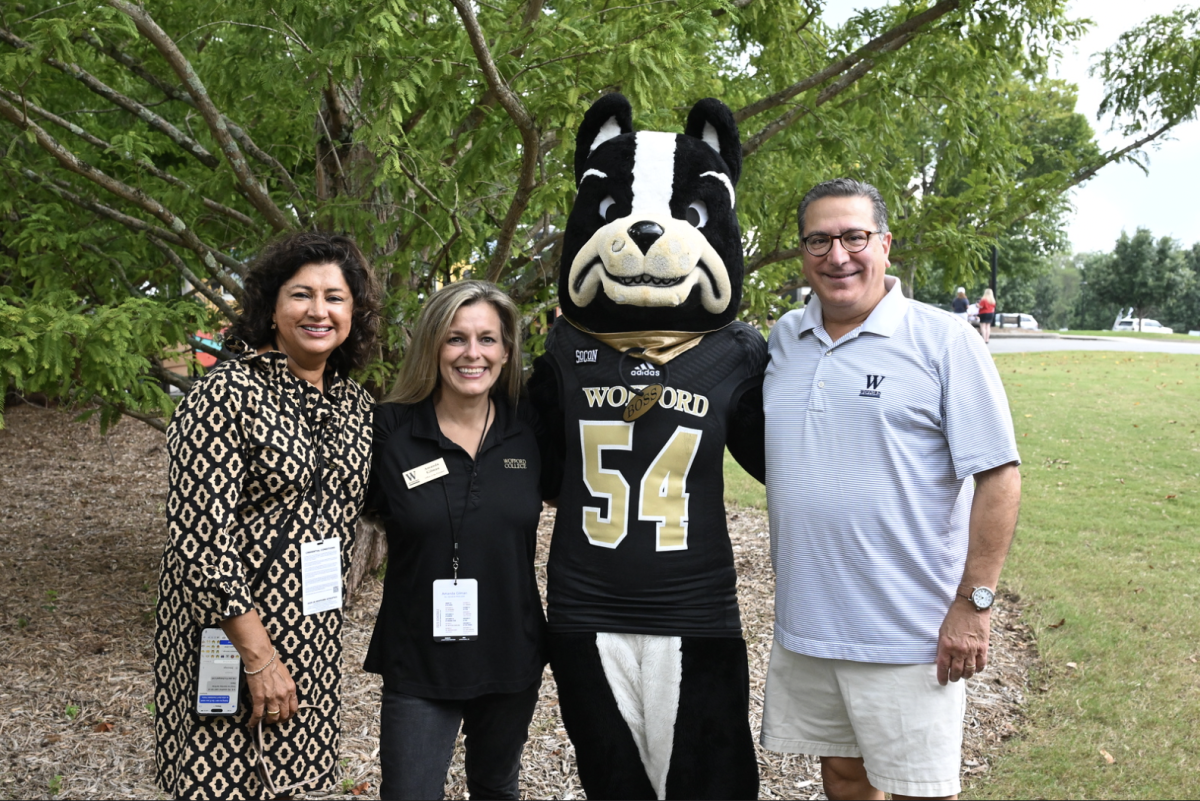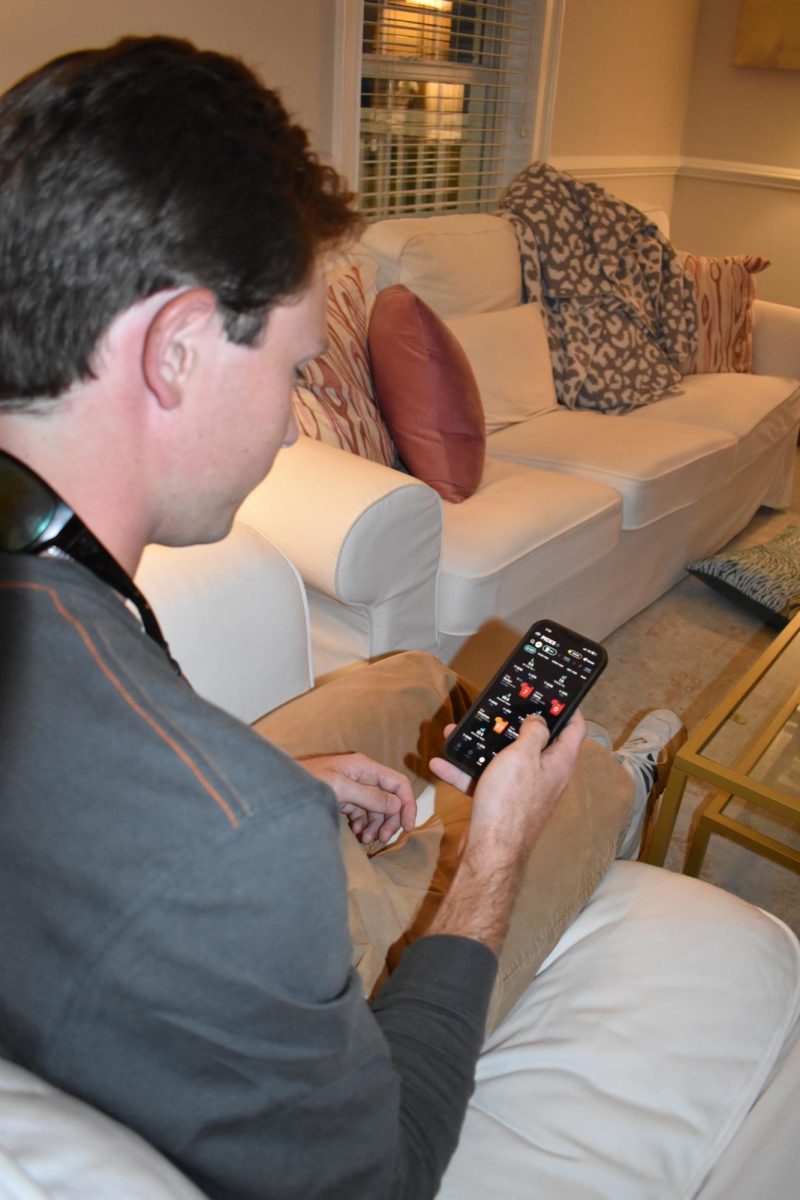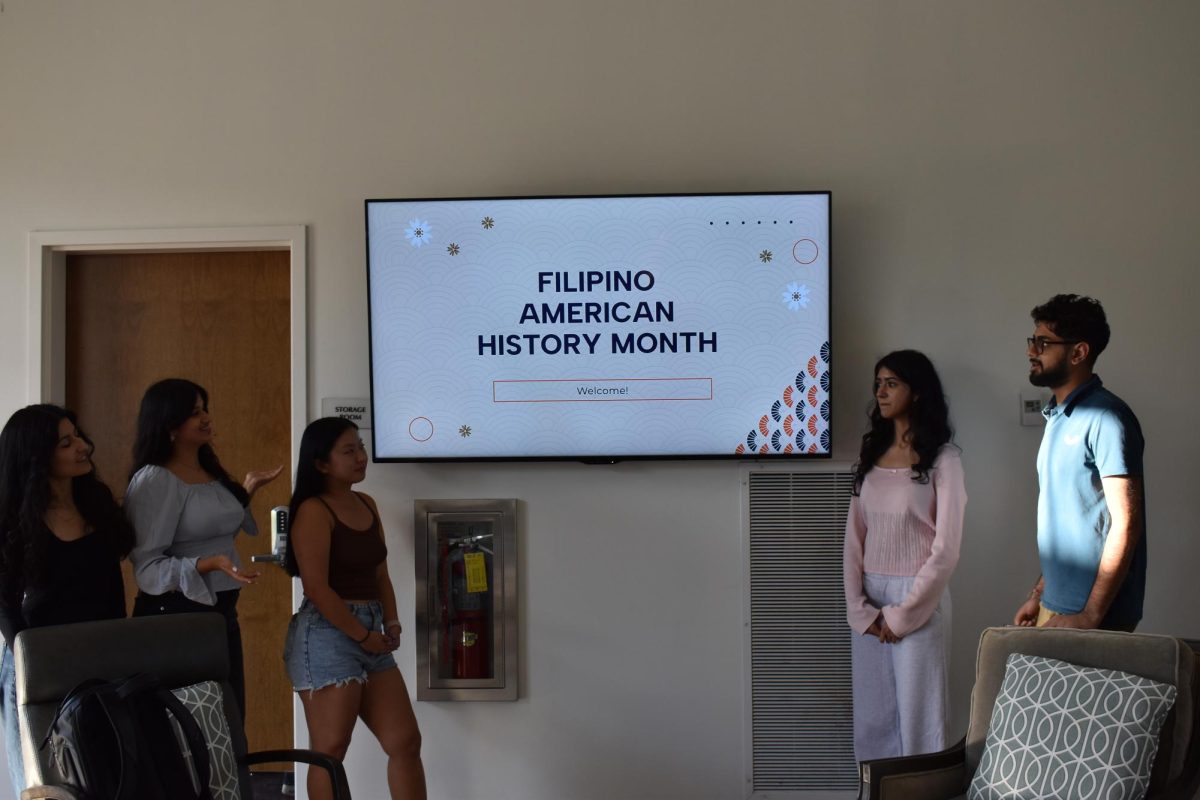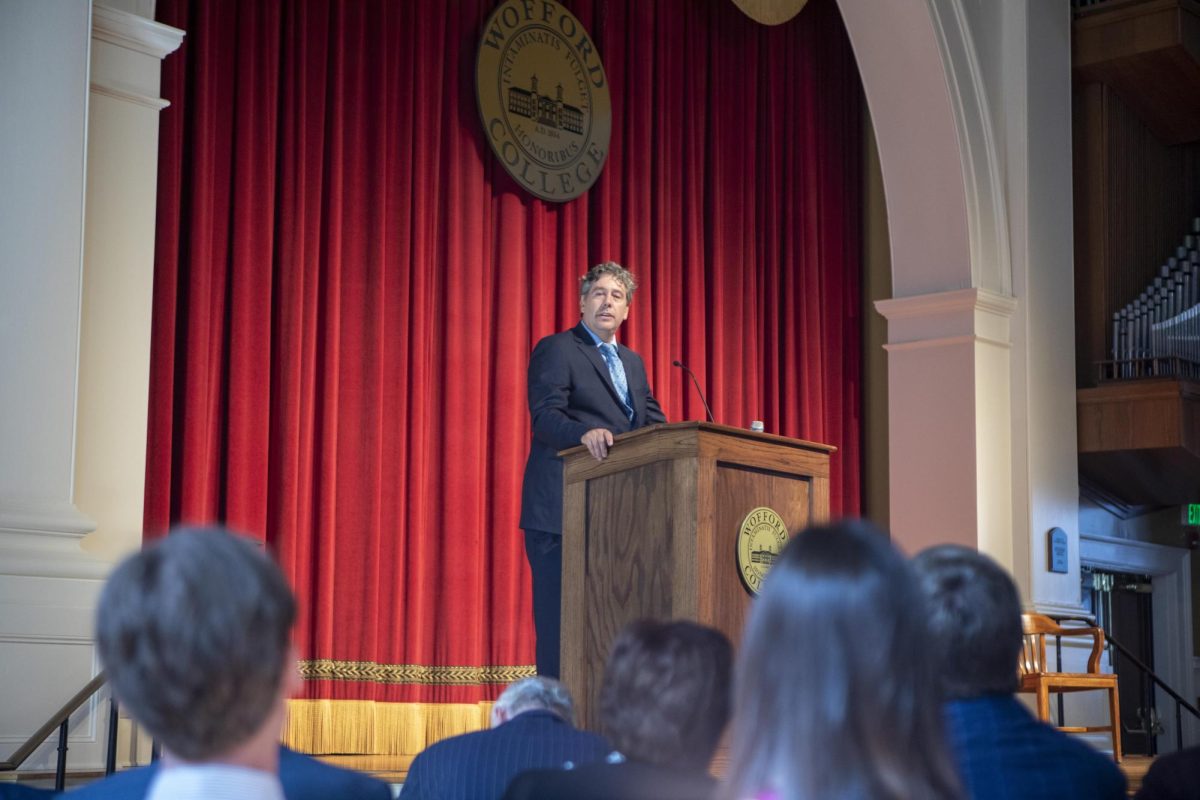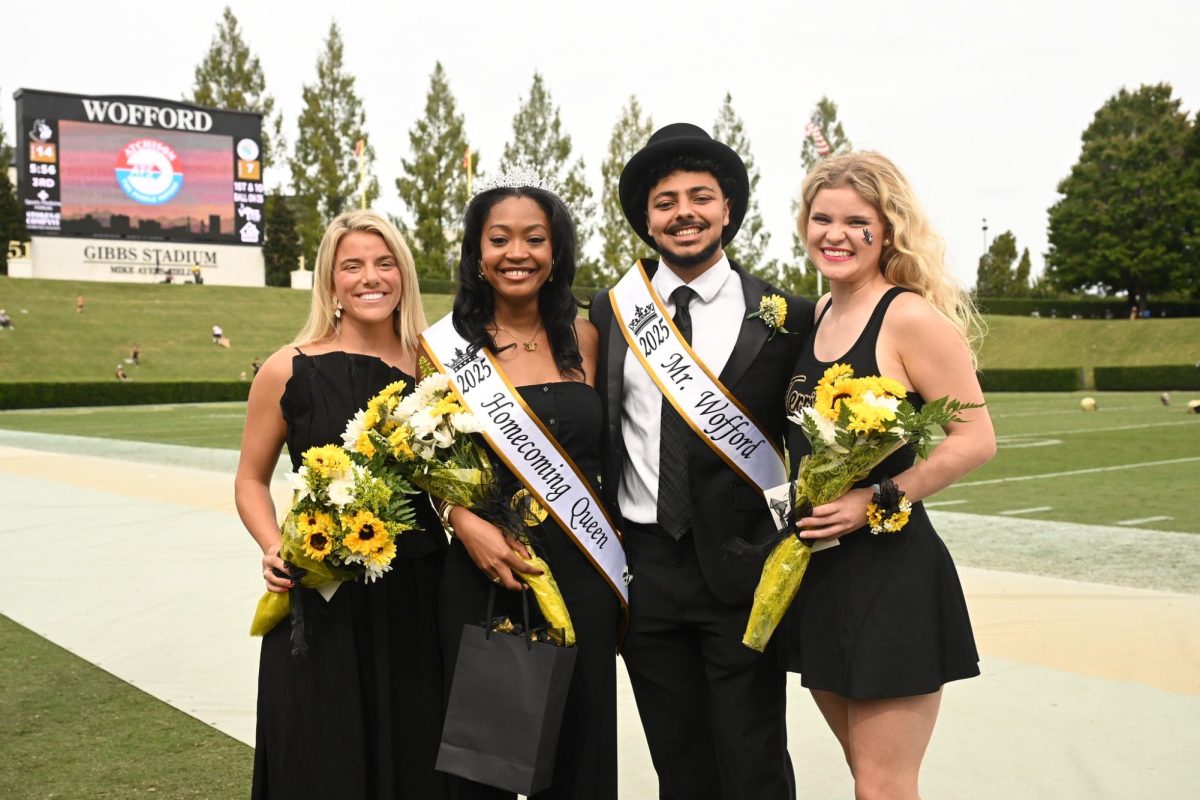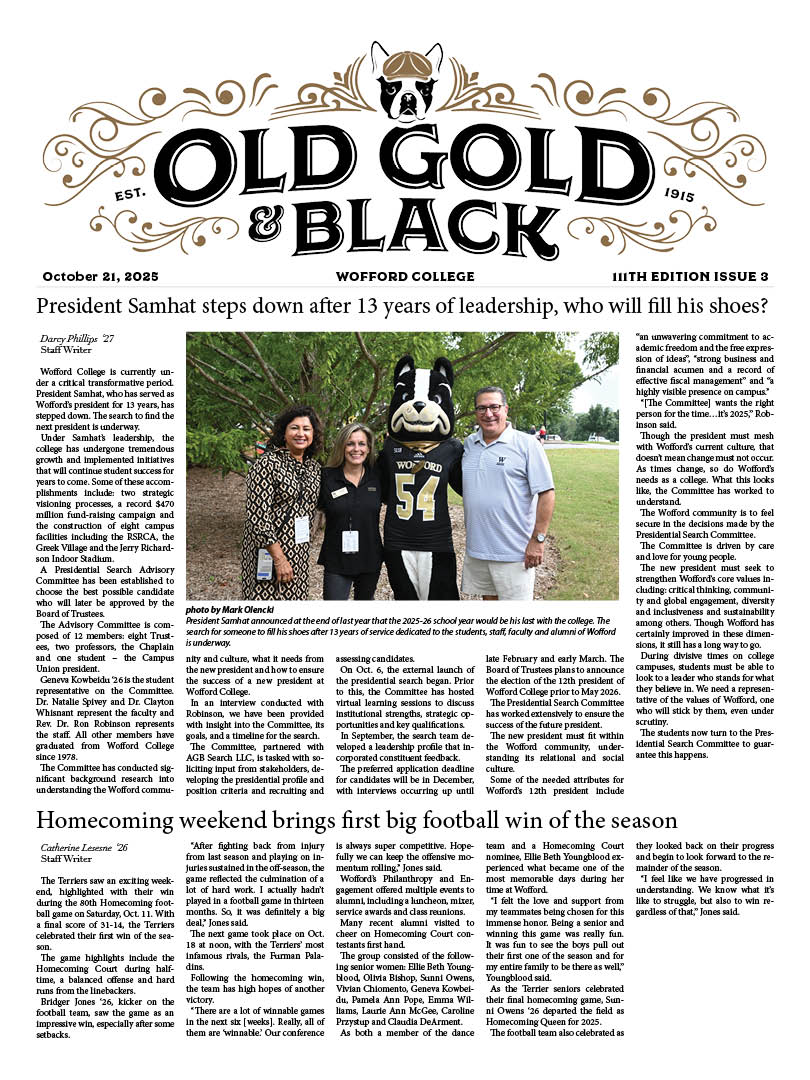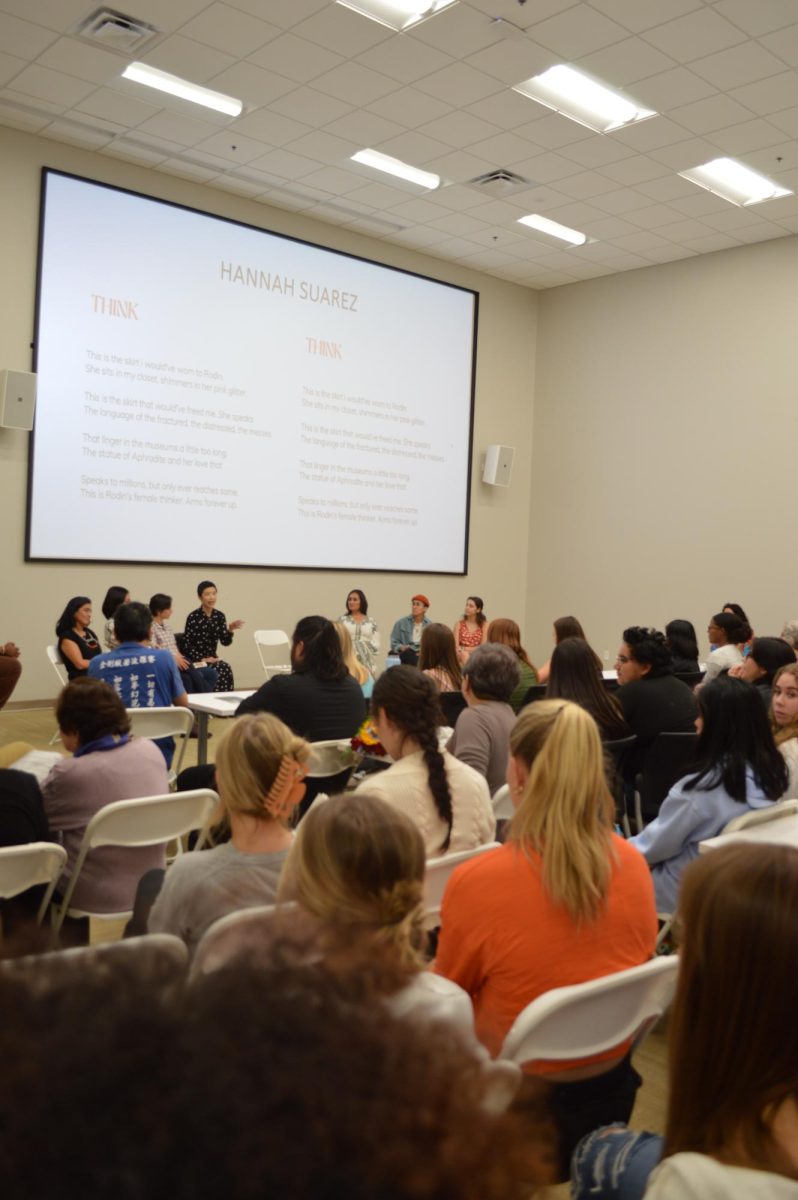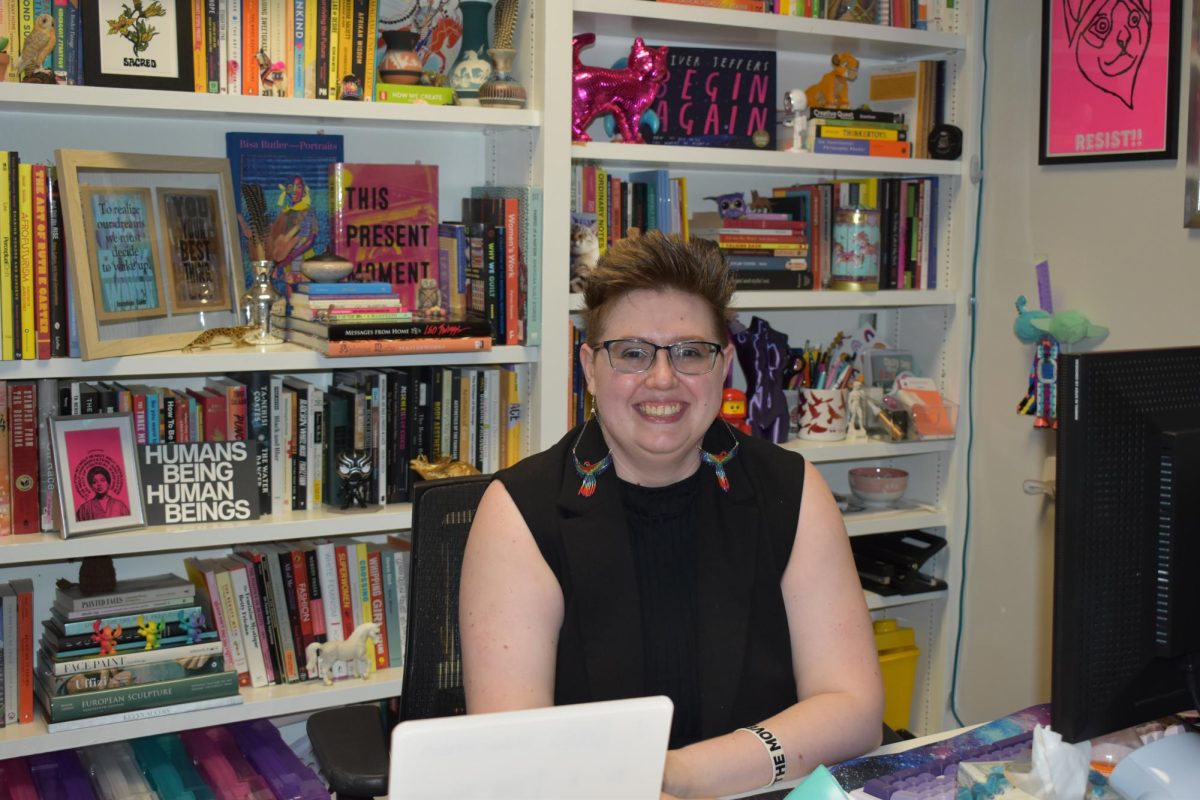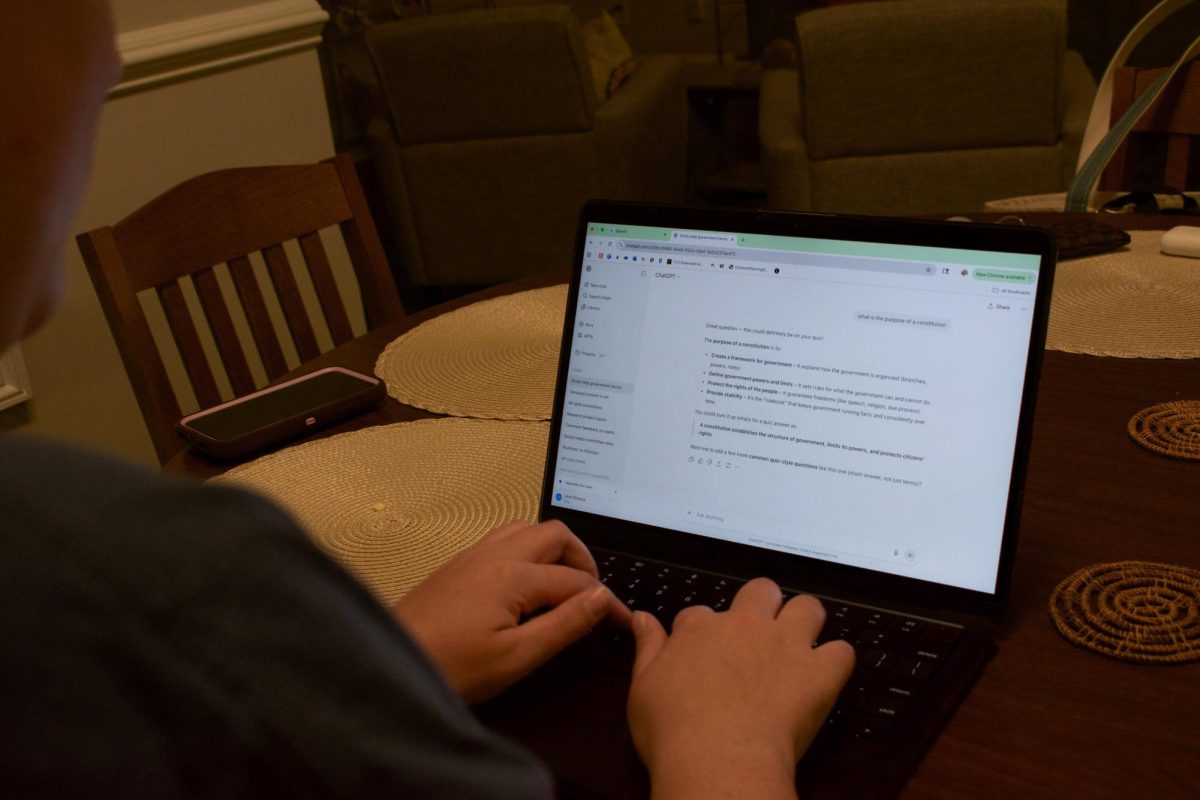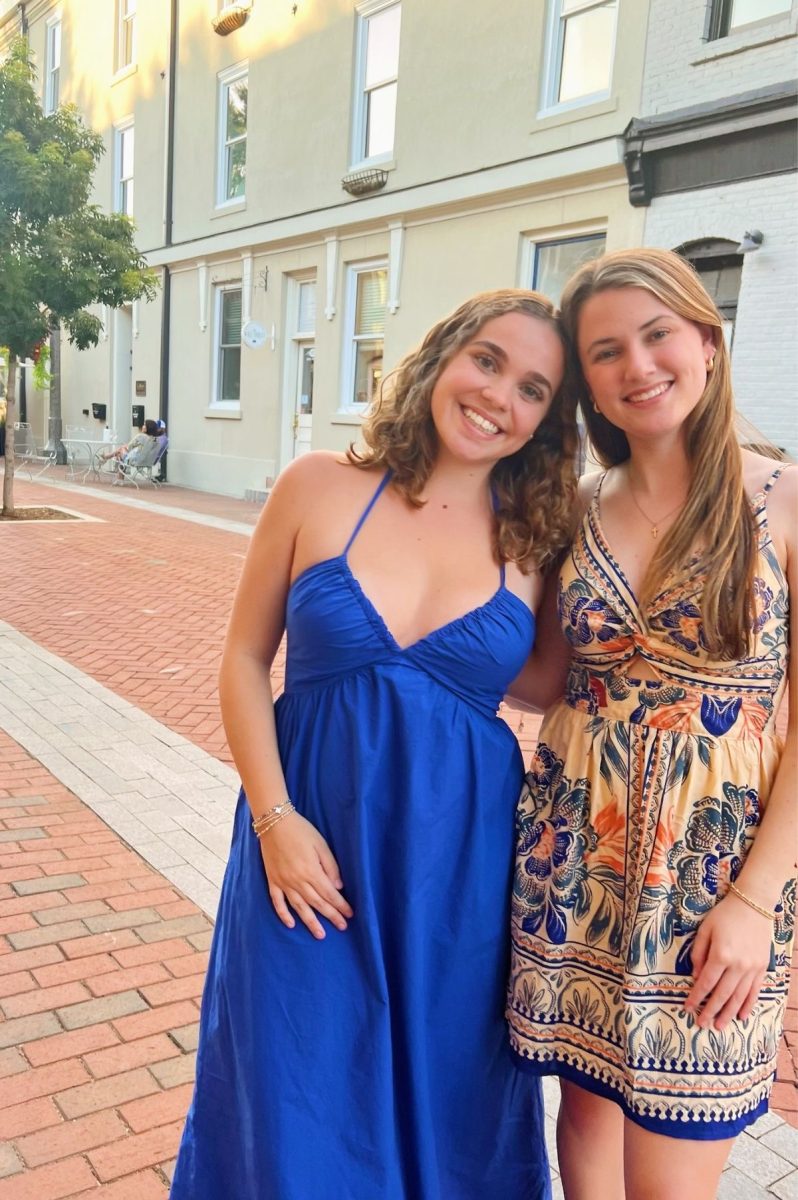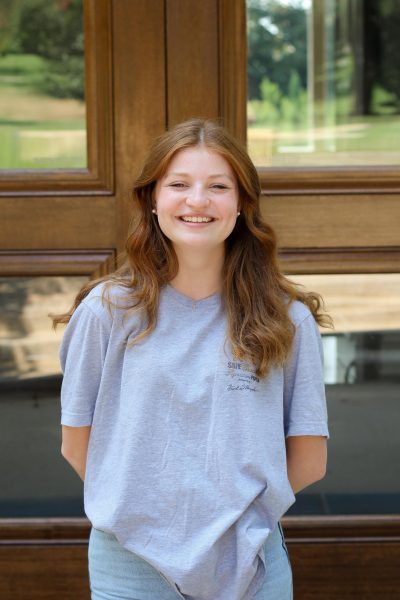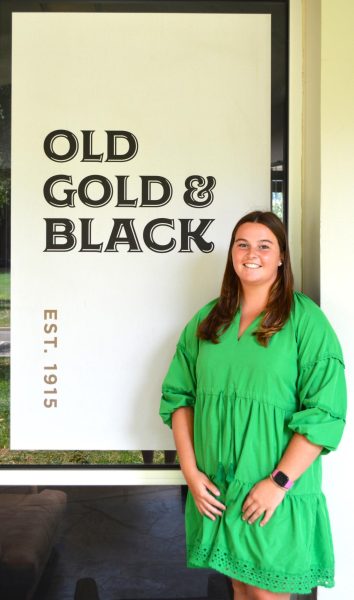On Nov. 9, Wofford hosted a panel of the female artists from the exhibit “A Gender Line,”which is on display in the Richardson Family Art Museum through Dec. 8.
This panel represented one of the core values of Wofford’s liberal arts approach to education: interdisciplinary education.
Oftentimes, different departments within the college will come together to organize and sponsor an event or exhibition within the college. “A Gender Line” represents this perfectly.
Curated by Diana Fafán Valente, ceramic sculptor and adjunct professor at Wofford, and Begoña Caballero García, professor of Spanish, “A Gender Line” represents the work of two departments at Wofford coming together to provide students with access to a well-rounded education.
This interdisciplinary endeavor is further supported by the education it can provide for students in other departments.
Visiting Assistant Professor of Sociology and Anthropology Lyla Byers sees the value in this type of education.
“I can assign readings all day long, but when we get out of just reading and just lecturing, there’s a whole playground for us to continue learning in different mediums,” Byers said. “For students who maybe want more of an interactive experience, going to the panel provides a touchstone that is easily memorable, that provides concrete examples and a way for us to talk about the things that we’re learning.”
Across Wofford, interdepartmental work like the curation of “A Gender Line” is providing students with opportunities to learn new perspectives in a plethora of ways.
For example, the psychology department and biology department provide students with the opportunity to complete an interdisciplinary program in neuroscience. The program in energy studies provides students with a unique perspective on energy and its uses in society, through physics, chemistry, business and environmental studies courses.
Learning experiences like this are a core value in the culture at Wofford, one that is present within both faculty and staff.
“I have noticed this collaborative community among students, the mingling of students and faculty, in that they know what’s going on on campus, and people are participating,” Byers said. “At larger institutions, it’s so much easier to get siloed where all of the art students are going to all the art events, but the engineering students are never going to go to that, and the life sciences kids are never going to go to see what the sociology department is putting on, but at Wofford, that’s simply not the case.”
Beyond just “A Gender Line,” Wofford’s emphasis on this type of interdisciplinary studies is a way in which Wofford furthers its student’s education in the hopes of creating well-rounded people in society.
“As a liberal arts institution, all of our students take classes in a variety of different areas, and so I have students who want to go on and be lawyers, and biologists and special education teachers, and all these different things that aren’t necessarily becoming sociologists,” Byers said.
Despite her students not all becoming future sociologists, Byers believes that many careers can benefit from a sociological approach.
“What my classes can teach them and what going to this kind of event with a sociological approach can teach, is that, even if you’re going to become a lawyer, a sociological foundation is important because it will help you understand the people that you’re working with and the systems that you are moving through,” Byers said. “I think interdisciplinary education is vital to creating a well rounded, educated person.”
Wofford’s interdisciplinary efforts are building not only a stronger campus community, but a stronger Spartanburg community as well.
“I think it’s fun,” Byers said. “There’s all these intellectual reasons, but I think at the end of the day, it’s also a good way to build community because you’re participating in your local community, and I think it’s a fun way to think outside of class. I think that those reasons are just as important.”

